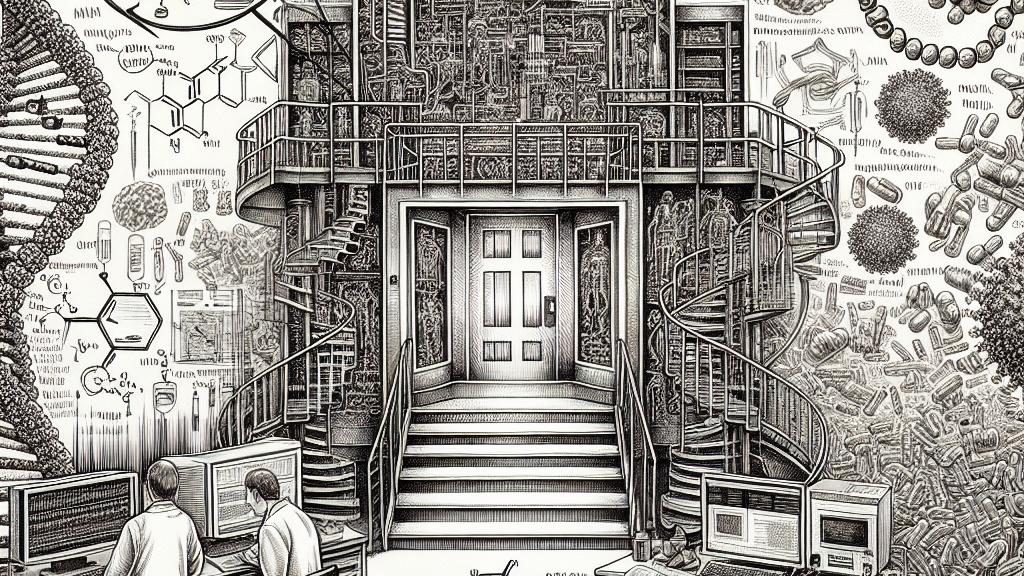Advancements in mRNA Stabilization for Innovative Therapeutics
Overview
- Breakthrough in mRNA stabilization offers fresh opportunities for advanced therapies.
- This innovative substance could significantly reshape mRNA-based treatments for countless diseases.
- Potential real-world applications include enhanced interventions for cancer and aging-related health issues.

The Context of mRNA Stabilization
Deep within Germany, scientists at the celebrated Max Planck Institute of Molecular Physiology are at the forefront of a sensational breakthrough. Instead of solely targeting and destroying harmful mRNA, this innovative team is focusing on preserving mRNA that contributes positively to human health. This strategic shift creates an exciting prospect for mRNA-based therapeutics, which have emerged as a vital aspect of modern medicine. With messenger RNA serving as the essential courier of genetic instructions necessary for protein synthesis, enhancing its stability is not merely a technical challenge—it is a gateway to transformative therapies that can improve patient outcomes. Imagine being able to leverage this improved stability to make lasting impacts on diseases that currently evade effective treatment!
The Mechanism Behind Stabilization
At the heart of this innovative research lies a groundbreaking mechanism designed to combat mRNA degradation through the process known as deadenylation. Typically, mRNA needs to maintain a delicate balance; it has an average lifespan of just seven hours before it is dismantled and rendered useless. The breakthrough peptide developed by these researchers acts like a vigilant guardian, preventing RNA-binding proteins from removing the crucial polyadenine tails that are vital for mRNA's longevity. To put this into perspective, consider the peptide as a life jacket for a sinking ship—if the ship remains afloat, the precious cargo—health-inducing proteins—can be safely delivered. By preserving the integrity of mRNA, the scientists open new avenues for producing a greater quantity of beneficial proteins, which could be impactful in treating illnesses like cancer or degenerative diseases.
Future Implications and Applications
The implications of this mRNA stabilization breakthrough are both vast and immensely promising, ushering in a new era in therapeutic development. Take, for instance, the ability to stabilize mRNAs linked to tumor suppressor functions—this capability could immensely enhance cancer therapies. Imagine a future where drugs improve not just survival but also the quality of life for countless patients. As this research endeavors to identify additional inhibitors targeting various components of mRNA degradation processes, the possibilities continue to expand. Each step forward represents a crucial advancement in the fight against diseases previously deemed untreatable, such as aggressive cancers or age-related conditions. Therefore, as we stand on the brink of this exciting horizon, it is evident that the intersection of science and innovation holds the key to unlocking life-saving therapies that can fundamentally change medical practice and patient lives.

Loading...